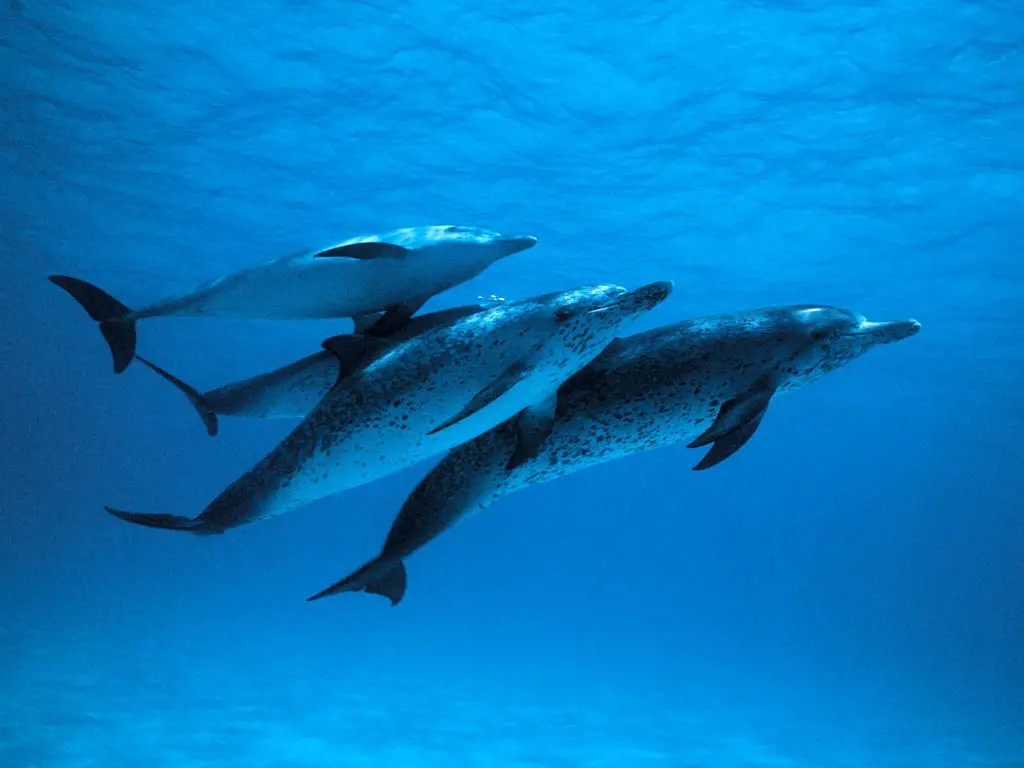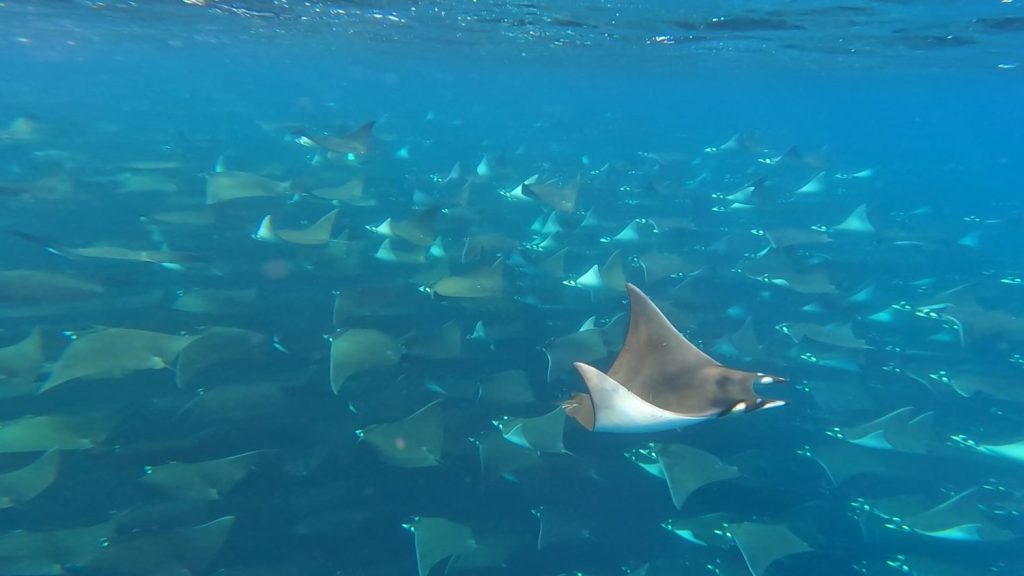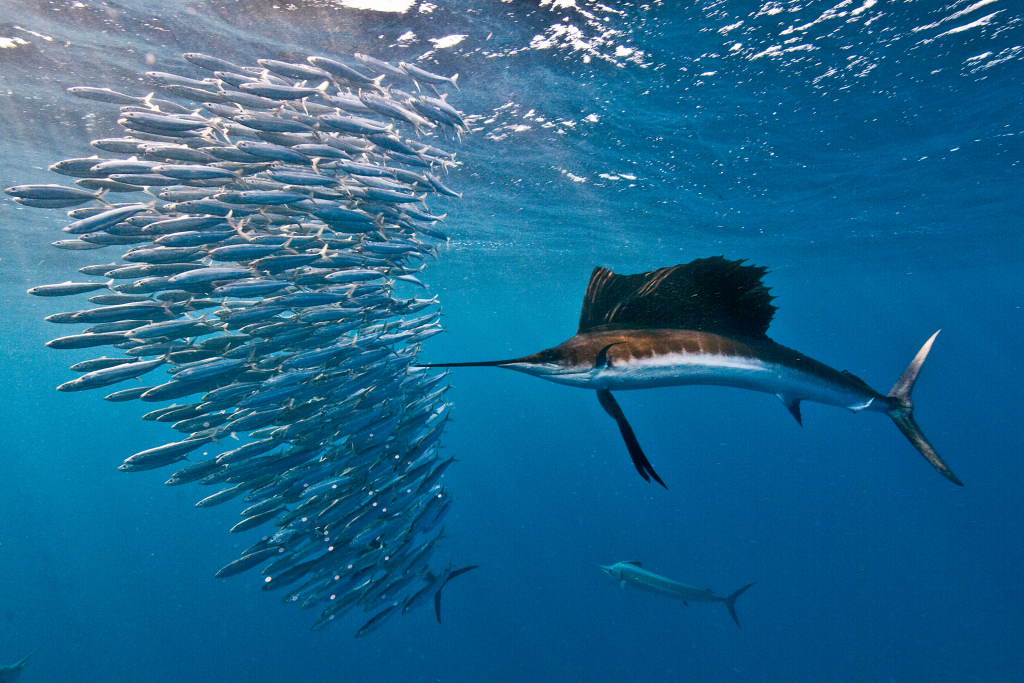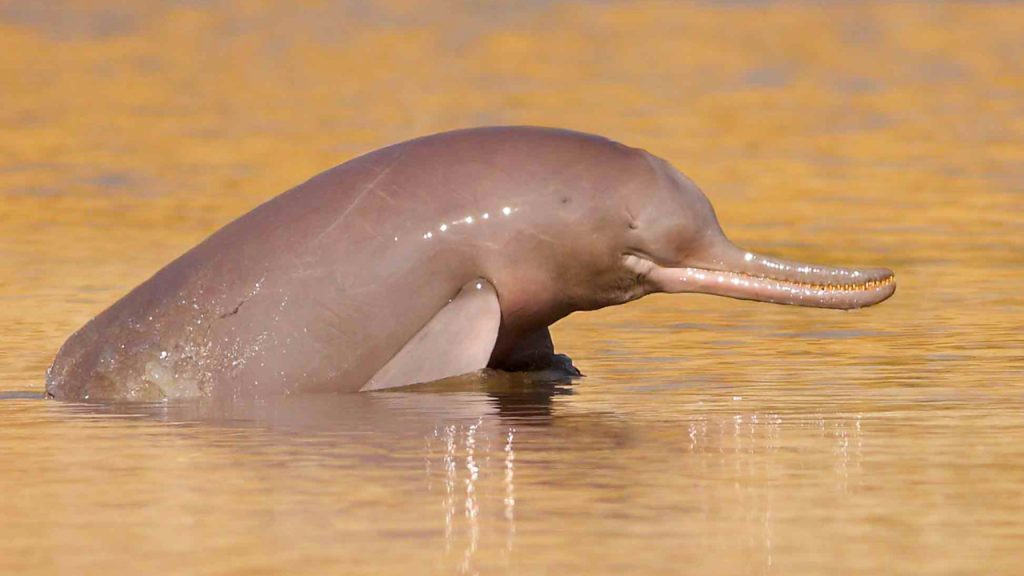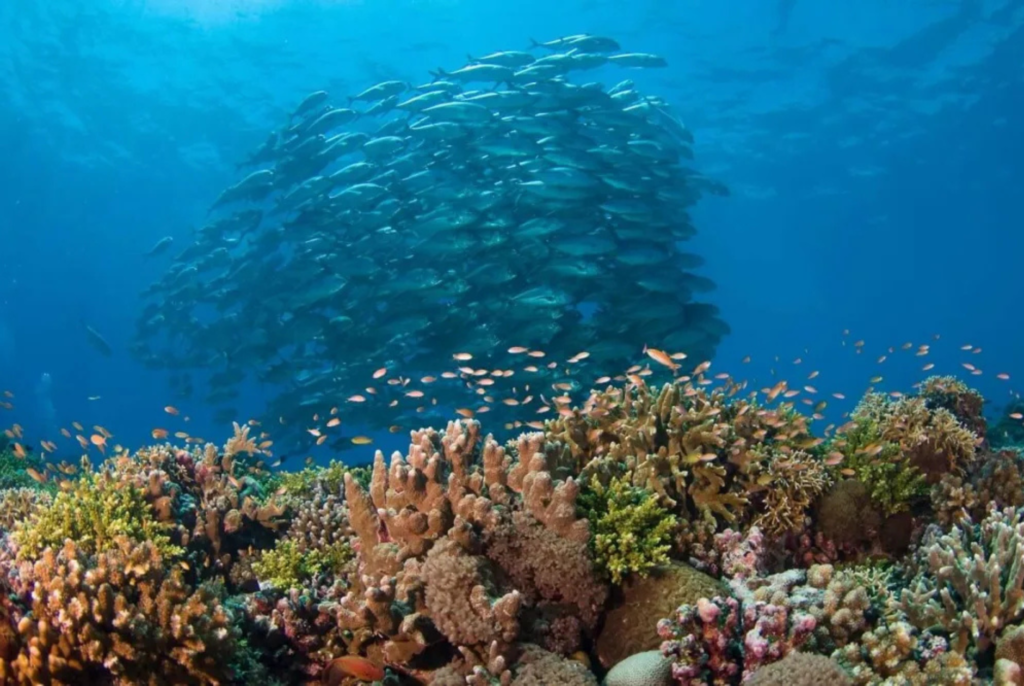The enigma of Port and Starboard: unravelling False Bay’s orca saga
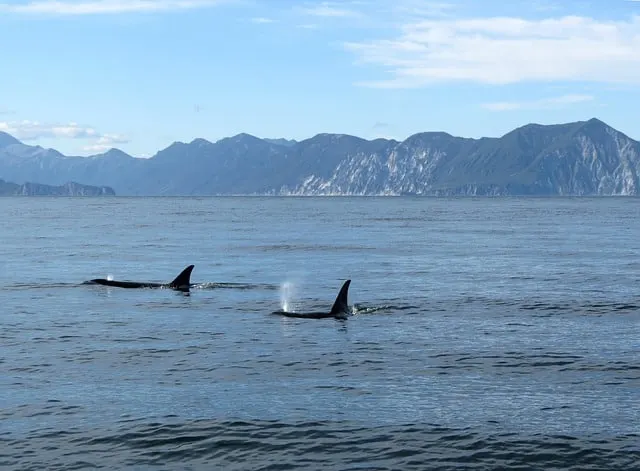
Nestled along the southern coast of South Africa lies False Bay, a breath-taking expanse of azure waters framed by rugged cliffs and pristine beaches. Renowned for its rich biodiversity and abundant marine life, False Bay is a haven for both wildlife enthusiasts and adventure seekers alike. From the majestic whales that frequent its waters to the playful dolphins and seals that frolic along its shores, the bay teems with life at every turn.
The coastal region of False Bay is not only a sanctuary for marine life but also prime beachfront real estate, with quaint towns and seaside villages dotting its perimeter. Residents of these coastal communities are treated to the spectacle of nature on a daily basis, with sightings of whales, dolphins, and seals being a common occurrence.
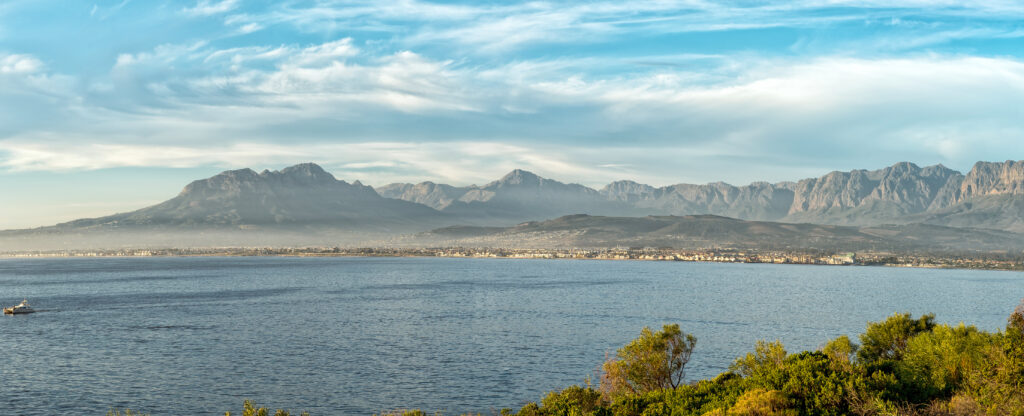
Situated on the eastern shores of the Cape Peninsula, False Bay is bordered by the bustling city of Cape Town to the west and the picturesque Cape Winelands to the north. Its sheltered waters and nutrient-rich currents provide an ideal habitat for a diverse array of marine species, making it a hotspot for marine biologists and nature enthusiasts alike.
Among the most iconic residents of False Bay are the great white sharks, whose presence has long dominated the region’s underwater landscape. These apex predators have earned False Bay a reputation as one of the world’s premier shark diving destinations, attracting thrill-seekers from far and wide in search of up-close encounters with these formidable creatures.
However, in recent years, a new addition to False Bay’s marine cast has captured the attention and curiosity of biologists, locals and visitors alike.

Meet Port and Starboard, two enigmatic orcas whose presence has ignited fascination, fear, and fervent speculation among scientists and locals alike. Their tale unfolds against a backdrop of shifting dynamics, where great white sharks once reigned supreme but now find themselves at the mercy of these formidable predators.
Port and Starboard, named for the distinct curvature of their dorsal fins, have emerged as the latest protagonists in the ongoing drama of False Bay’s marine ecosystem. Their presence has sparked fascination and intrigue, as well as concern for the delicate balance of this thriving coastal environment. But who are Port and Starboard, and what draws them to the waters of False Bay?
What sets Port and Starboard apart is not just their imposing size and hunting prowess but also the peculiar state of their dorsal fins. Port’s dorsal fin is collapsed to the left, while Starboard’s curves to the right, earning them their distinctive monikers. This unusual characteristic has captivated observers and sparked a flurry of theories regarding its cause and significance.
One prevailing hypothesis suggests that their dorsal collapse could be linked to captivity, a phenomenon commonly observed in orcas held in marine parks and aquariums. However, sceptics argue that their behaviour and hunting tactics align more closely with those of wild orcas, casting doubt on this explanation. Could their dorsal collapse be the result of genetic factors or injuries sustained in the wild? The answer remains elusive, adding to the mystique surrounding these elusive predators.
But where did Port and Starboard come from, and what drives their relentless pursuit of great white sharks in False Bay? The motives behind Port and Starboard’s predation remain a subject of debate. Some speculate that it could be a display of dominance, as orcas are known to assert their supremacy over other predators in their territory. Others suggest that it may be a strategic move to secure an ample food source, with great white sharks being a primary target due to their abundance in False Bay.
The impact of Port and Starboard’s presence extends beyond their interactions with the local shark population. The cage diving industry, which relies heavily on great white shark sightings to attract tourists seeking adrenaline-fueled encounters, has been profoundly affected. With the emergence of these apex predators, tourists are torn between the allure of witnessing orcas in action and the dwindling chances of encountering great white sharks up close.
Furthermore, the regularity of sightings of Port and Starboard over the past several years has sparked both fascination and concern among researchers and conservationists. While their presence offers a rare opportunity to study the behaviour of wild orcas in their natural habitat, it also raises questions about the stability and resilience of False Bay’s marine ecosystem.
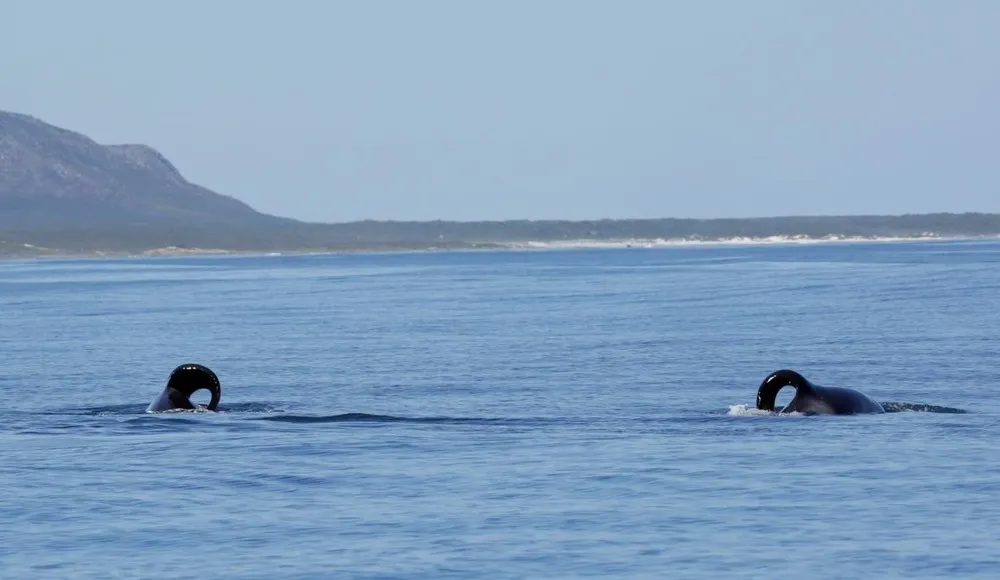
The toll of Port and Starboard’s predation on the great white shark population is starkly evident. Reports indicate a significant decline in the number of great white sharks in False Bay, with many specimens falling victim to the relentless hunting tactics of the orcas, and many more leaving the previous haven of False Bay and embarking on journeys to find alternative habitats. Of particular concern is the methodical removal of the sharks’ livers, a behaviour characteristic of orca predation, leaving behind mutilated carcasses as grim evidence of their deadly efficiency.
Despite efforts to deter or relocate Port and Starboard, their reappearance in False Bay has become a recurring phenomenon, challenging conventional strategies for managing human-wildlife conflicts. While the local community grapples with the implications of their presence, scientists continue to monitor and study these infamous orcas, hoping to unlock the secrets of their behaviour and its broader ecological ramifications.
The saga of Port and Starboard in False Bay epitomises the intricate dynamics of predator-prey relationships and the ever-shifting balance of nature. As we strive to understand and adapt to the complexities of our marine ecosystems, their story serves as a poignant reminder of the profound influence that apex predators wield and the profound impact they can have on the delicate web of life that sustains us all.

